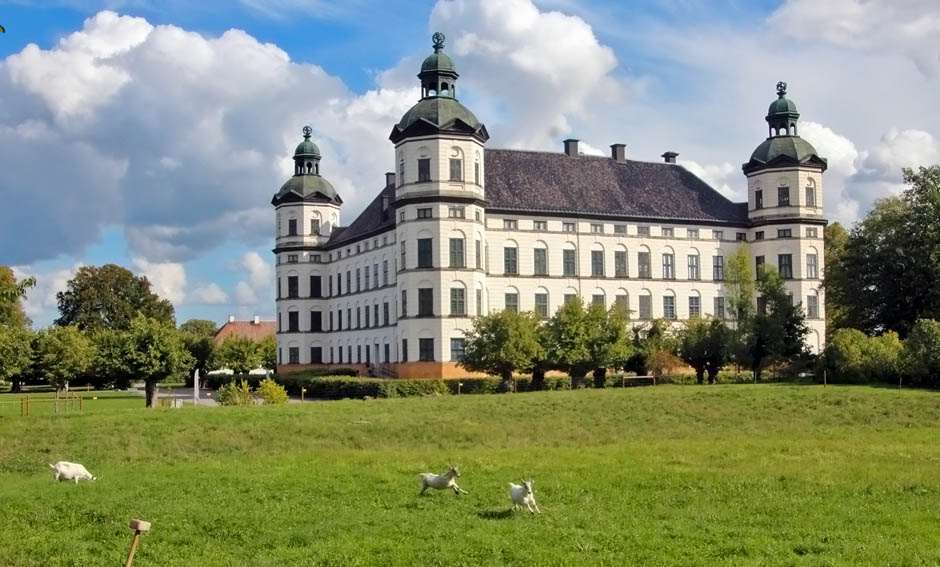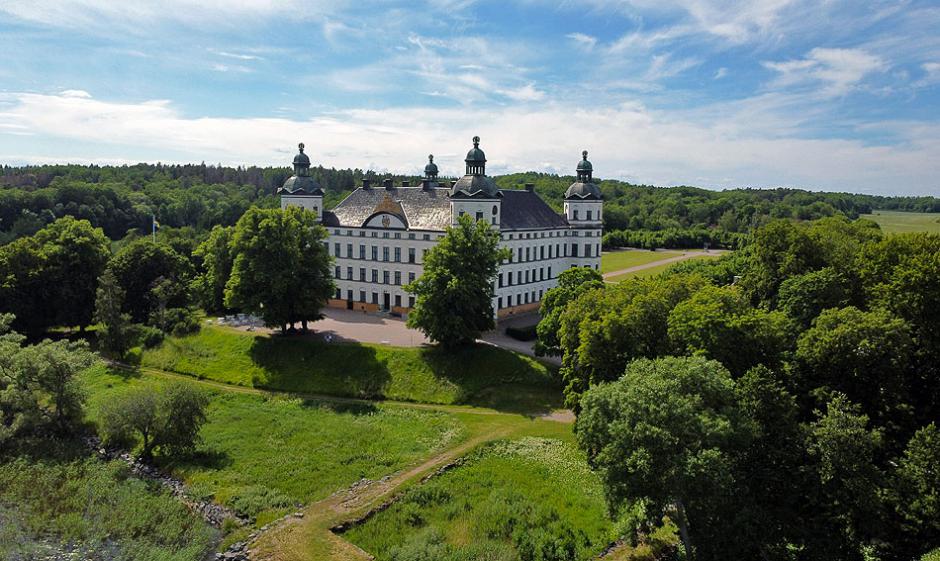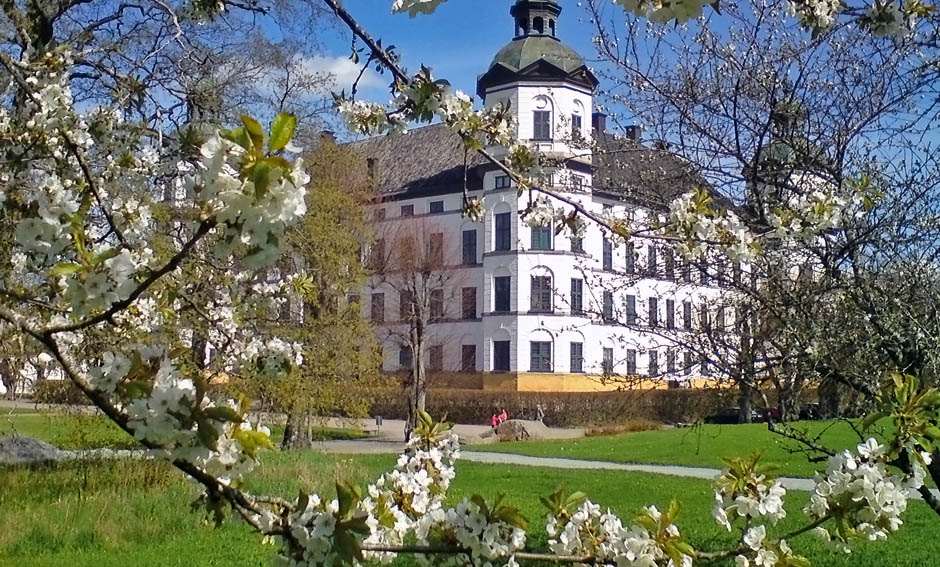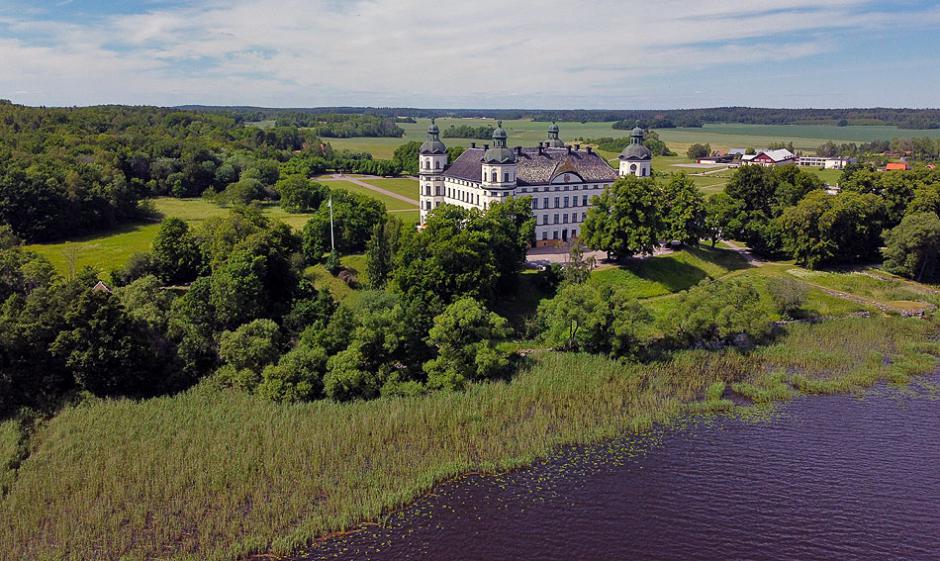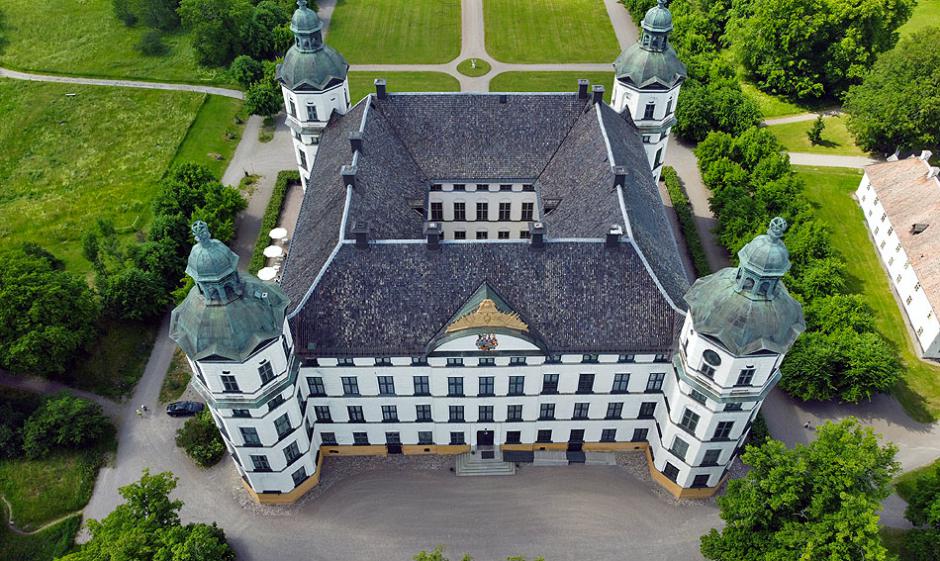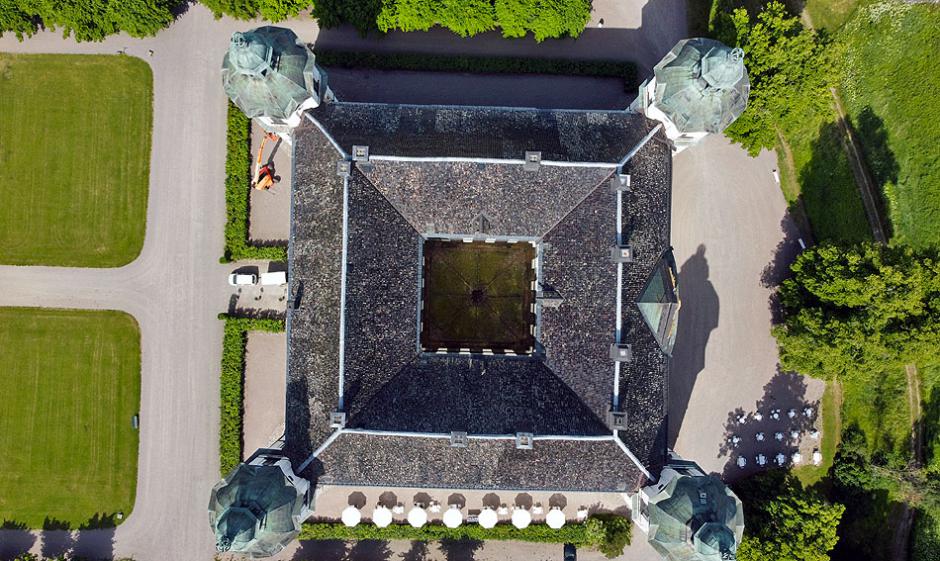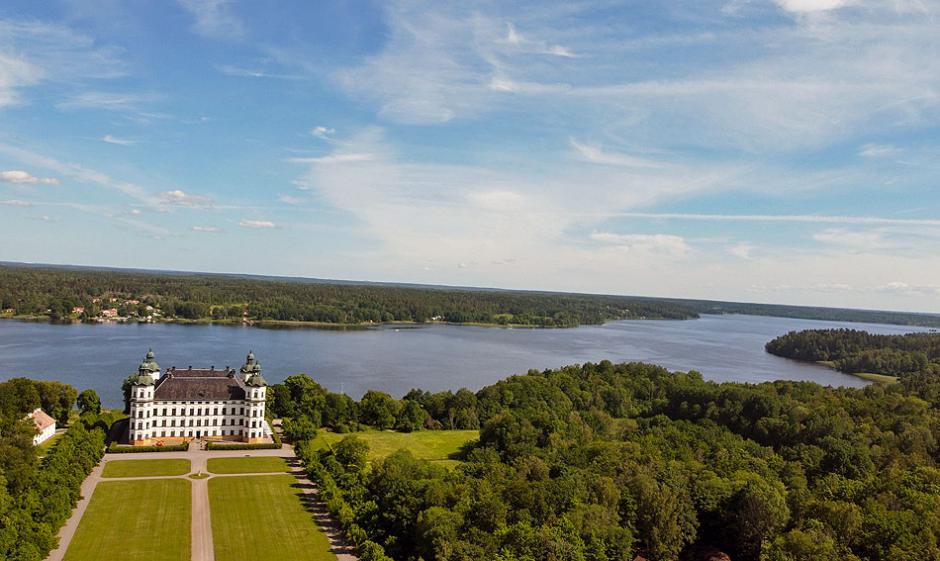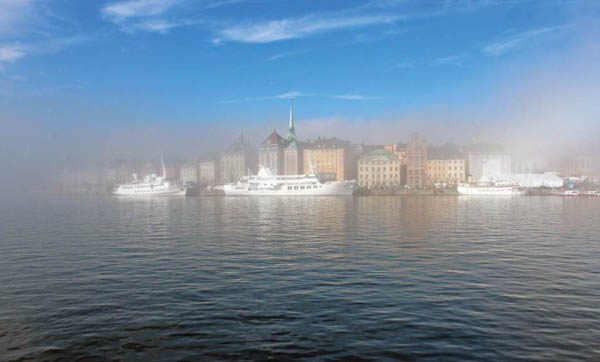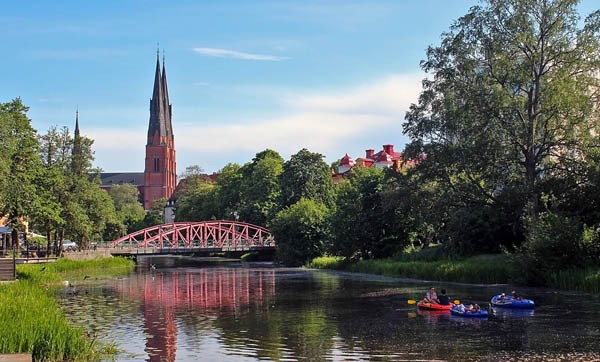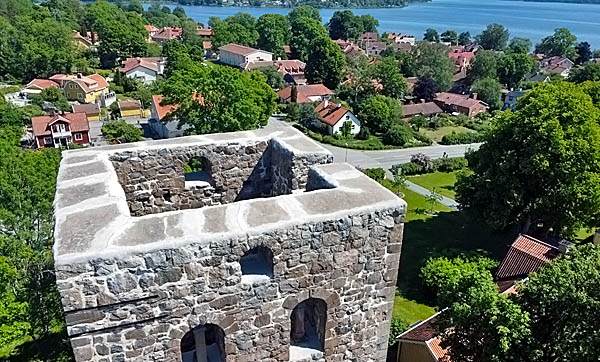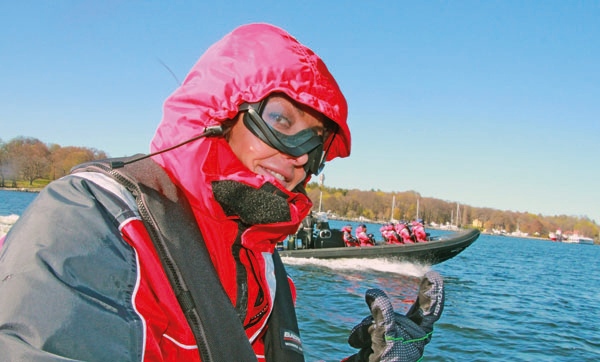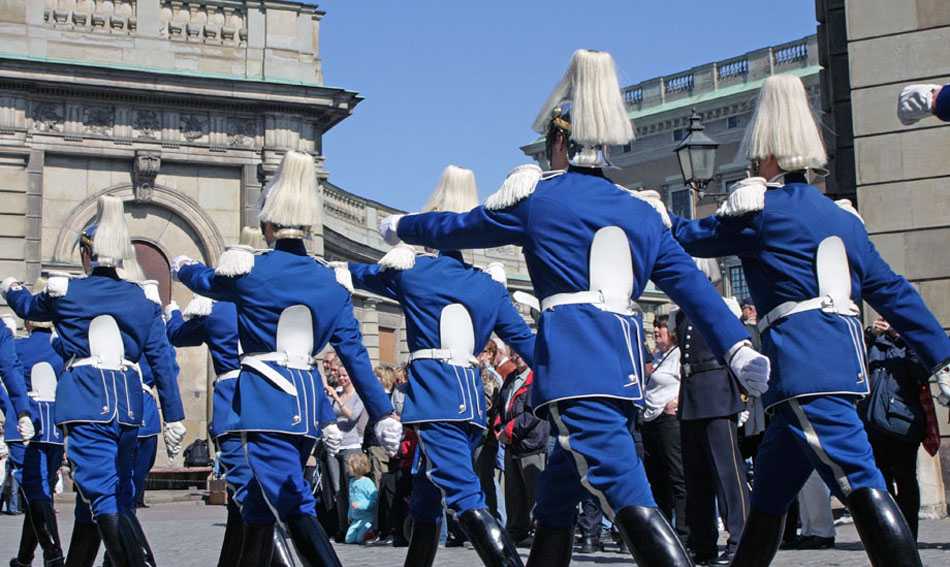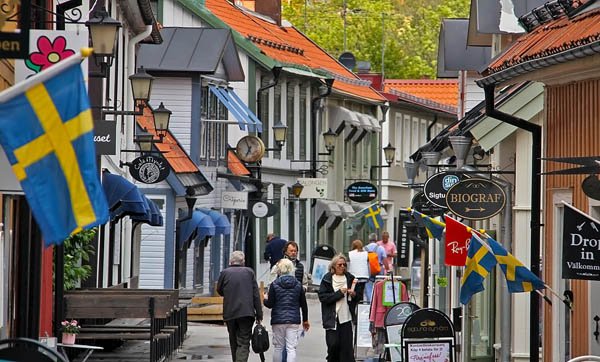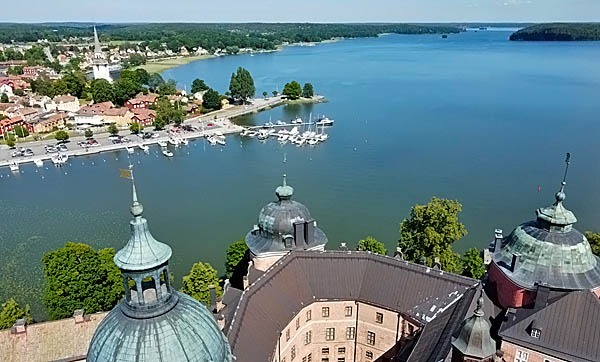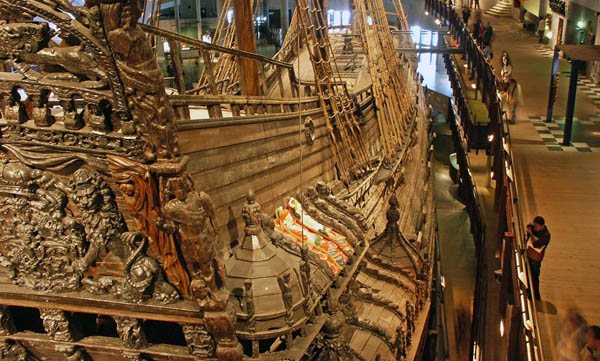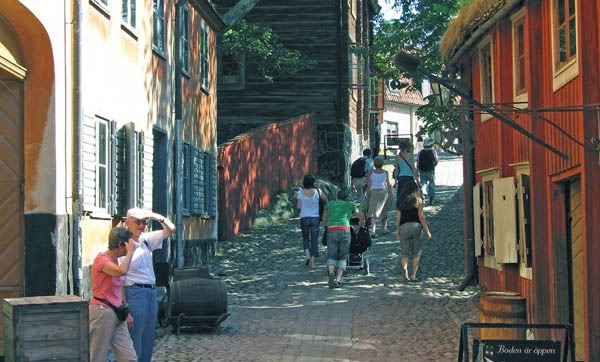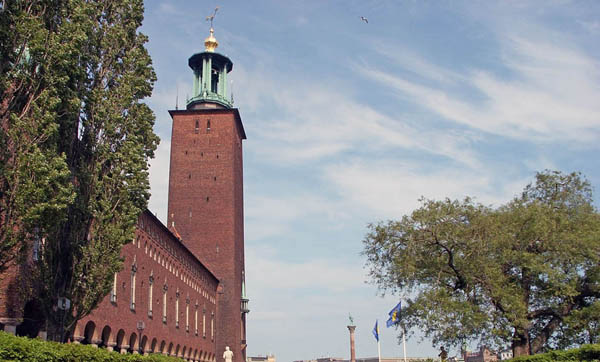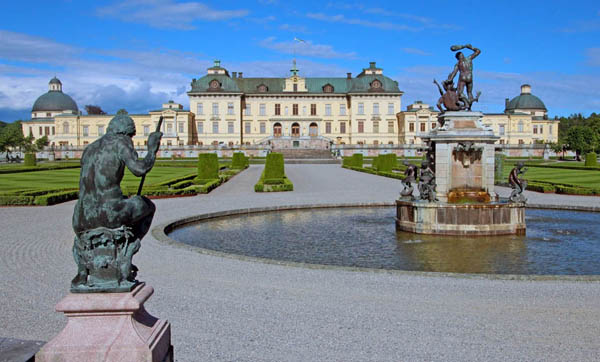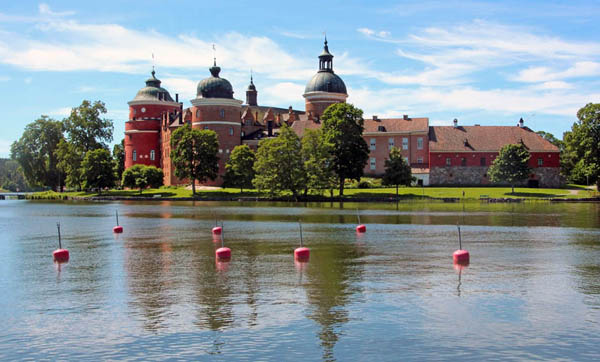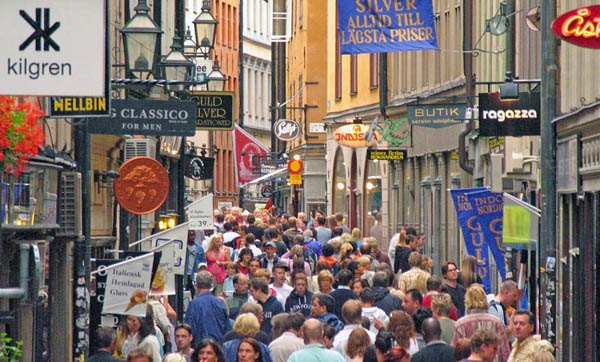Loading ...
130 km.
3-7 h.
1-8 pers.
Skokloster Castle
The castle was built in the Baroque style between 1654 and 1676 by a wealthy military leader, Count Karl-Gustav Wrangel.
The castle is a monument to the era of the Swedish Great Power, a period in the middle of the 17th century when Sweden's territories expanded, which made it one of the largest powers in Europe. After the death of Wrangel in 1676 the castle was not finally built. Thus, the large banquet hall remained basically in the same condition as the builders left it in the summer of 1676. The castle is the only building in Europe with a preserved original construction site of the 17th century.
The finished parts of the castle, displaying the sumptuous splendor of the Baroque style, are home to collections of paintings, furniture, textiles, silver and glassware. One of the most famous paintings displayed in the castle is Giuseppe Arcimboldo's Portrait of Emperor Rudolph II as Vertumno, depicting Holy Roman Emperor Rudolph II as the Roman god of the seasons with fruits and vegetables.
The Armory and Castle Library are based on Wrangel's armory and book collections. They were substantially added by the wills of other aristocrats of the 17th and 18th centuries.
The Arsenal contains the world's largest collection of 17th century personal weapons. It mostly has muskets and pistols, as well as swords (including Japanese samurai swords), small cannons, pikes, and crossbows. The weapons collection also includes various exotic items such as a 16th century Eskimo canoe and snake skins. Most of the collection is made up of war trophies stolen from Poland during the Swedish Flood in the 17th century.
Tour options (duration in hours)
• Skokloster castle - 3 h.
• Sigtuna, Skokloster castle - 4-5 hr.
• Sigtuna, Skokloster Castle, Uppsala - 5-6 hr.
• Sigtuna, Rosersbergs palace, Venngarn palace,
Skokloster castle, Uppsala, old Uppsala - 7-8 hr.
• Skokloster castle - 3 h.
• Sigtuna, Skokloster castle - 4-5 hr.
• Sigtuna, Skokloster Castle, Uppsala - 5-6 hr.
• Sigtuna, Rosersbergs palace, Venngarn palace,
Skokloster castle, Uppsala, old Uppsala - 7-8 hr.
